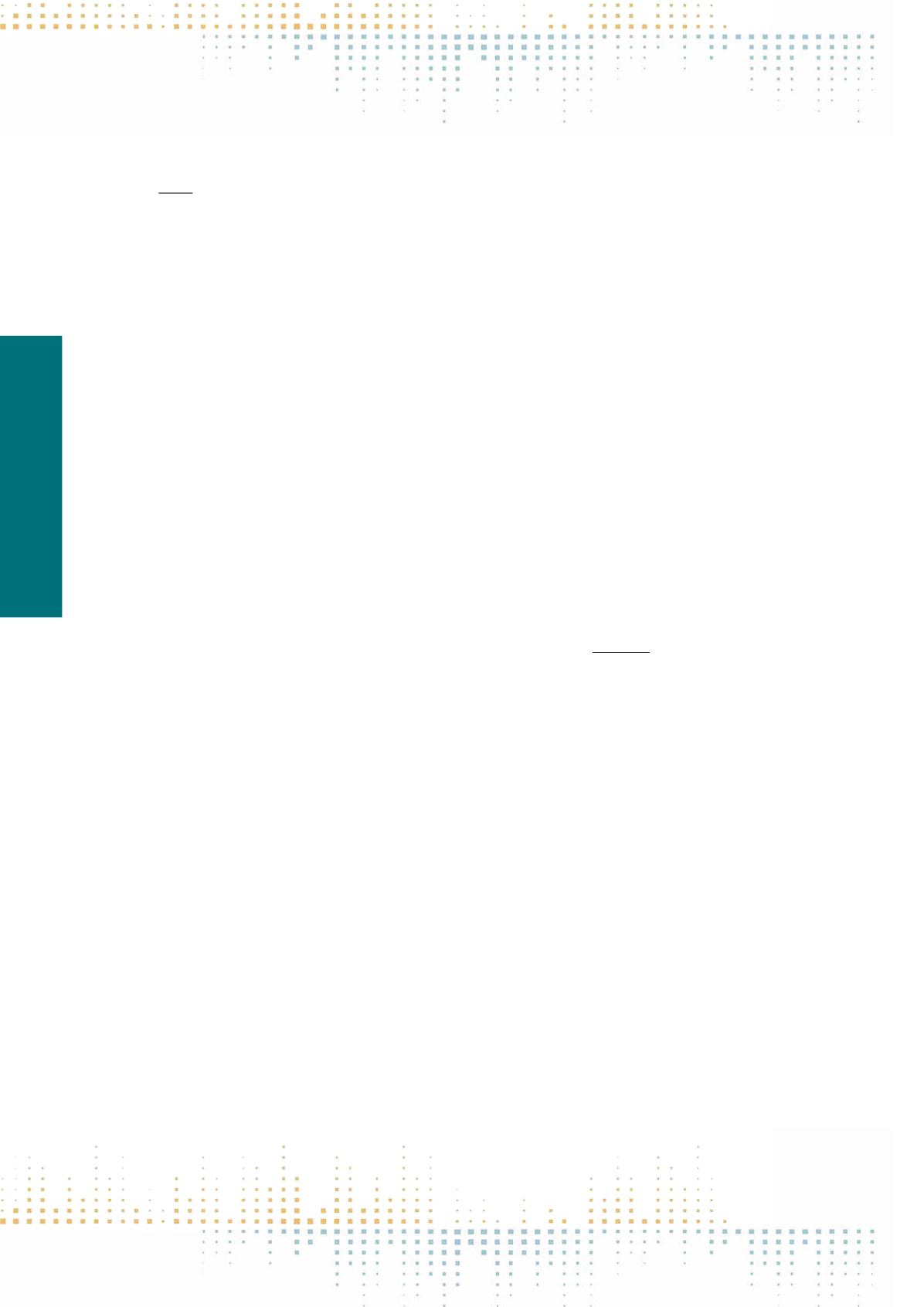

594
Friday, November 11
1 8 : 0 0 – 1 9 : 3 0
PP 453
They Do It as They Used to Do It: Resistance and Compliance to Crossmedia Production Practices in Public Service Broadcasting
Television
A. Nanì
1
, P. Pruulmann-Vengerfeldt
2
1
Tallinn University, Tallinn, Estonia
2
University of Malmö, Malmö, Sweden
The recent debate around the transformation of television that in the last decade has gradually embraced a multiplatform approach (Bardoel, 2007; Bennett
and Strange, 2008, Raviola and Gade, 2009; Doyle, 2010; Evans, 2011). This has brought new concepts like crossmedia (Davidson 2010; Ibrus and Scolari,
2013) and transmedia storytelling (Jenkins, 2006; Scolari 2009; Dena, 2010) to both academic and industry vocabulary. However, these new concepts
have not yet managed to define the new paradigms of television productions today and as Bolin (2010) notes, for success, those need to challenge our
understanding of work, text, programme and audience engagement. These challenges are vital for public service broadcasting as due to their statutes,
following the fragmenting of the audience and meeting them in the participatory media platforms for meaningful engagement is often considered vital
to meet the challenges of the market. This empirically focussed project takes a critical view of current television production practices and analysis the work
of two teams who in search of fragment audiences have looked towards crossmediatic practices as a new way of making television. The study focuses on
the tensions between old and new practices of making television. The clash between the old and new can best be seen between the hegemonic positioning
of the production team supported by claims of professionalism and the need of opening up to inclusive practices characteristic of participatory media.
The empirical work consists of a set of in-depth semi-structured interviews carried out with the creative teams of Puoli Seitsemän (Half Past Six, daily mag‑
azine type of evening entertainment non-fictional programme), produced by YLE, Finnish public broadcasting services, and of Eesti Laul (Estonian Song,
singing competition aimed at selecting the representative of Estonia for Eurovision song contest, including three concerts/episodes broadcast live fromTV),
produced by Estonian public broadcasting services ERR. Using a methodology of thematic analysis fifteen interviews were examined in order to understand
how the production team involved understands the new television and how they have resolved the tension between producing a traditional TV programme
vs a multiplatform entity. The article suggests that despite the many changes in the production of media both in distribution and narratological strategies,
the approach of media professionals towards production practices has remained similar to pre-internet and pre-participatory time. It is within this frame
that the inclusive role of public service media clashes with existing models of an established working culture. Creative teams still privilege the one to many
approach rather than the many to many and despite the possible good will they often tend to relegate participation, crossmedia and transmedia to mere
slogans.
PP 454
Perceived Influences and Institutional Trust Among Spanish Broadcast Journalists
R. Berganza Conde
1
, B. Herrero
2
, C. Arcila Calderón
3
, A. Carratalá
4
, C. Muela Molina
1
, S. Perelló
1
, R. de Miguel
1
, E. Monterroso
5
1
Universidad Rey Juan Carlos, Communication and Sociology, Fuenlabrada, Spain
2
Universitat Rovira i Virgili, Departamento de Estudios de la Comunicación, Tarragona, Spain
3
Universidad de Salamanca, Departamento de Sociología y Comunicación, Salamanca, Spain
4
Universitat de València, Language Theory and Communication Sciences, Valencia, Spain
5
Universidad a Distancia de Madrid, Facultad de Ciencias Jurídicas, Collado Villalba, Spain
This paper analyses the level of trust in political institutions and the perceived influences among Spanish broadcast journalists. It also examines the differ‑
ences between television professionals and those working in other types of media, as far as the structure of television industry has always been considered
more hierarchical (Cook, 1998), which would affect the relationship of journalists with their superiors (Skovsgaard, 2014). Finally, we compare the percep‑
tions of those working in private commercial broadcast media and the ones working in public channels, because the first ones are considered to have less
autonomy (Duval, 2005). We carried out a survey to a representative sample of 390 Spanish journalists (95% confidence) during 2014 and 2015. 70 of them
were broadcast journalists. This research is part of the international comparative project Worlds of Journalism Study (WJS) which main goal is studying
the journalistic cultures around the globe. This paper includes a longitudinal analysis in order to compare our data collected in 2014 and 2015 with the re‑
sults obtained during the first wave of the project (2007–2008), when empirical demonstrations (Hanitzsch & Berganza, 2012) could not confirm some
theoretical assumptions, as professionals linked to private media have less trust in political institutions than those who work in public channels (McManus,
1994) We found that broadcast reporters working in private commercial media had significant higher levels of trust in the Government than those who
work in public television; and that broadcast journalists were more influenced by political and organizational dimensions than those working for other
media. Moreover, data show that broadcast reporters in private media perceive more economical and group of reference influences than those of public
television. In all cases, professional and organizational influences (closer to journalists everyday dynamics) were higher than political, economical and group
of reference ones. These findings are consistent with the results found in other countries in both the first and the second wave of data of WJS (Hanitzsch et
al., 2010). We discuss how media type and ownership are related to journalists’perceptions of their own work and the professional routines. Finally, more
theoretical efforts are suggested in order to build models that explain journalists’perceived influences and trust in the television environment.



















